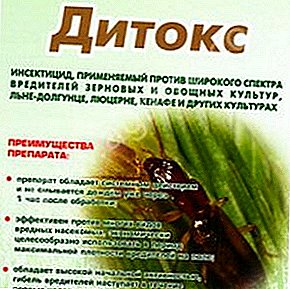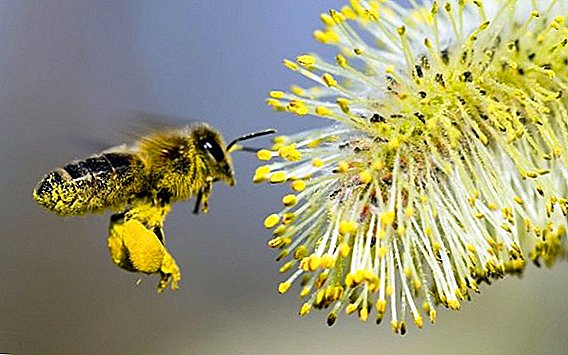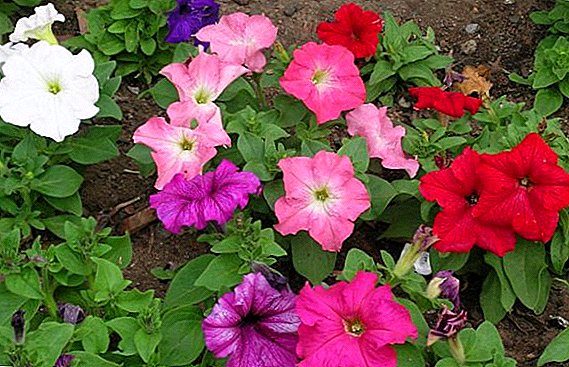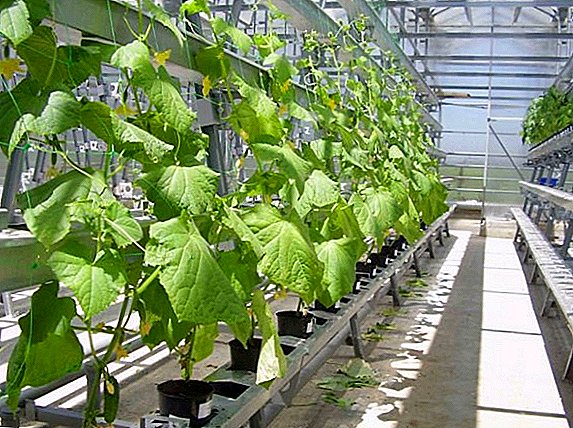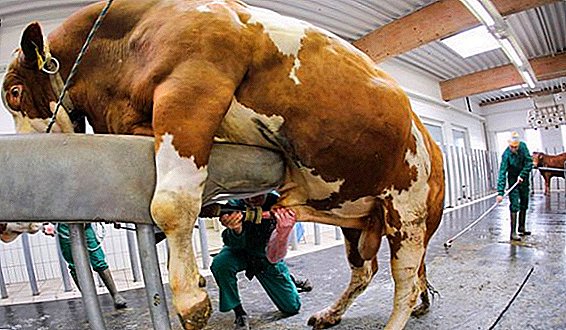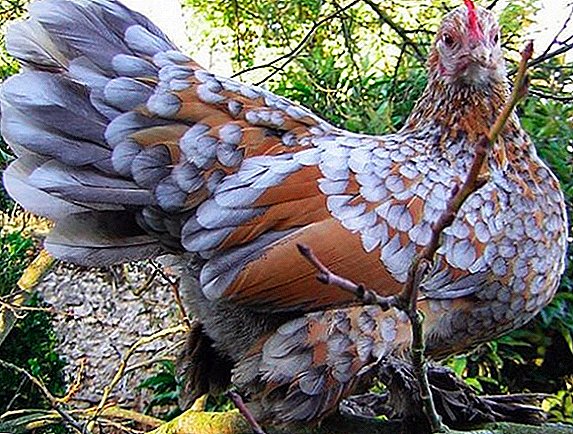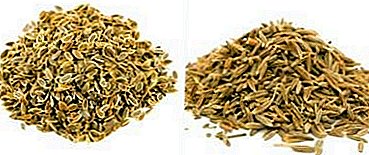
Many of us are familiar with the useful and fragrant spice of cumin. At the same time, the majority is mistakenly saying that there is no difference between him and the fennel seeds.
There are many reasons for such a persistent delusion, but in fact they are two different plants. This article describes in detail the beneficial characteristics and distinctive features of cumin and dill.
Is it the same or not?
Cumin and dill seeds are not the same. Despite their incredible similarity, the herbs themselves are clearly distinguishable at the flowering stage:
- dill ripens in a year, while cumin takes two years anywhere in a temperate climate;
- Dill umbrellas are yellow in color, which makes it stand out against the background of white and pink cumin.
Why confused?
Confusion occurs precisely with the fruits of the plants, because the seeds have almost identical egg shape, a ribbed surface and a structure with two lobes. Moreover, the smell of cumin really remotely resembles dill, and among their useful properties there is much in common.
How to distinguish?
Do not be mistaken to help the knowledge of what is cumin and dill seeds:
- cumin has a characteristic smell of anise;
- Dill fruits are flat and slightly smaller in size;
- Cumin seeds have a curved shape of about 3 mm in length and a spicy spicy taste.
Useful properties and chemical composition
 Dill contains:
Dill contains:
- 18% fatty oils that are rich in linoleic, palminto and petroselinic acid;
- about 15% fall to the share of protein substances;
- content of essential oil up to 4%;
- many vitamins, including a small amount of nicotinic and ascorbic acid;
- minerals, among which mainly iron, phosphorus and potassium.
Cumin contains:
- a giant list of more than 100 useful substances, including tanning resins, lipase and alkaloids;
- B vitamins, phosphorus, iron, zinc and calcium, which together have the most valuable effect on human health;
- Cumin consists of 35% fatty oil, while the amount of essential oil does not exceed 1%.
Both plants have similar elements that give cumin and dill unique useful properties that are often used in traditional medicine and pharmacology when creating medicines:
- both dill and cumin have the ability to normalize the production of gastric juice, relax the intestinal walls and normalize the work of the entire digestive system;
- spices do well with the problem of flatulence, kidney and bladder disease, providing a diuretic or laxative effect;
- decoction with dill or cumin helps nursing mothers to improve lactation;
- the essential oil in these plants causes an expectorant effect, which contributes to the removal of sputum in case of bronchitis or pneumonia;
- dill relaxes, soothes and allows you to normalize sleep;
- decoction of cumin removes bloating in infants;
- Cumin oil is a natural antiseptic that is used for the prevention of tuberculosis, normalization of metabolism and against worms.
We offer to watch a video about the beneficial properties of cumin:
And also about the benefits of dill and precautions when applying it:
Contraindications
 As with other spices, it is always necessary to take into account possible contraindications. From cumin, whether adding to food or decoction, must be discarded:
As with other spices, it is always necessary to take into account possible contraindications. From cumin, whether adding to food or decoction, must be discarded:
- people with high acidity, gastritis, gastric ulcer or gallstone disease, as essential oils contribute to irritation;
- people with individual intolerance or allergies;
- with heart disease;
- after organ transplantation, because the spice strengthens the immune system and can cause rejection of the liver, heart or kidneys.
Diabetics and pregnant women need to take seasoning with care.. Those who decide to take dill should consider the following:
- excessive consumption may cause an allergic reaction;
- medicines and dishes based on herbs or dill seeds should not be taken by people with hypotension;
- pregnant women are not recommended to use dill more than once a week;
- abuse causes dizziness, reduced vision, and the frequent inclusion of seasoning in the diet causes a breakdown and fainting;
- Dill is contraindicated in people with atony.
Cooking Application
Due to its aroma and specific taste, each of these seasonings is in its own way popular among chefs. Cumin is characterized by a bitter, harsh taste, while dill does not have similar properties. Nevertheless, the seeds perfectly replace each other in the preservation of products, soups, cheeses and even desserts. Moreover, both of these seasonings can always be mixed with other herbs.
In the case of meat, vegetables, salads or pastries, replacing cumin with dill (or vice versa) may slightly change the aroma and taste of the future dish, so you should be careful.
Is it possible to combine?
Both cumin and dill blend beautifully together., whether it is cooking or traditional medicine. And if the first case concerns only taste, then in the second case, the benefit to the person is important. Separately, the seeds are able to normalize the work of almost half of the body, while a mixture of cumin and dill is unlikely to give a double result, but the effect will definitely be. Try not to abuse and remember about contraindications!
Both of these plants are widely popular and each at least once consumed them either as food or as a medicine. Therefore, it is important to know exactly what nature has to offer, especially when it is both tasty and healthy.


